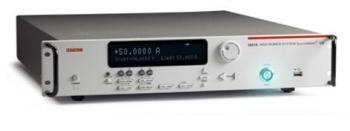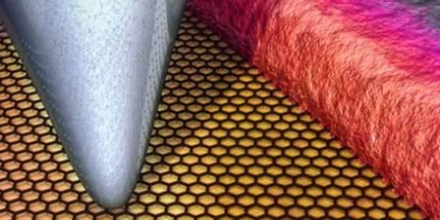April 7, 2011 – BUSINESS WIRE — Tessera Technologies Inc. (Nasdaq:TSRA – News) began two corporate initiatives to enhance the strategic positioning and value of its operations for its stockholders, customers and employees.
Tessera announced today the formation of a new group charged with developing, acquiring and monetizing semiconductor technologies beyond packaging, to be led by Simon McElrea. The group, which will be responsible for an initial portfolio of approximately 280 patents and patent applications, will consist of approximately 40 current employees located in San Jose. Their focus will be on circuitry design, memory modules, 3D architecture, and advanced interconnect technologies, among other areas.
Tessera also announced that it is exploring a possible separation of its Imaging & Optics business. As part of this initiative, Tessera has retained GCA Savvian Advisors, LLC as its financial advisor to assist in the evaluation of multiple alternatives, including, among others, a spin-off transaction.
"Our Imaging & Optics business has had a successful start. We believe under the leadership of its new president, Bob Roohparvar, it may grow more quickly and better serve its customers as a stand-alone entity, and we have begun the work of exploring alternative means to that end," added Nothhaft.
Tessera has not set a definitive timetable for completing its exploration of alternatives for the Imaging & Optics business and there can be no assurance that the process will result in any transaction. The company does not expect to make further public comment regarding these matters unless a definitive agreement or other commitment for any transaction is reached.
Tessera Technologies, Inc., develops, invests in, licenses and delivers innovative miniaturization technologies and products for next-generation electronic devices. Go to www.tessera.com.
Subscribe to Solid State Technology/Advanced Packaging.
Follow Advanced Packaging on Twitter.com by clicking www.twitter.com/advpackaging. Or join our Facebook group


 The Model 2651A claims the widest current range available in the industry, suiting R&D, reliability, and production
The Model 2651A claims the widest current range available in the industry, suiting R&D, reliability, and production 

